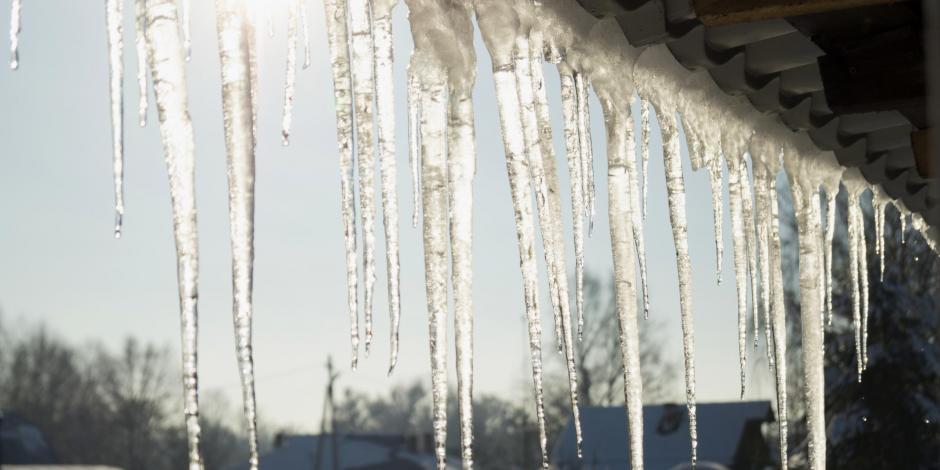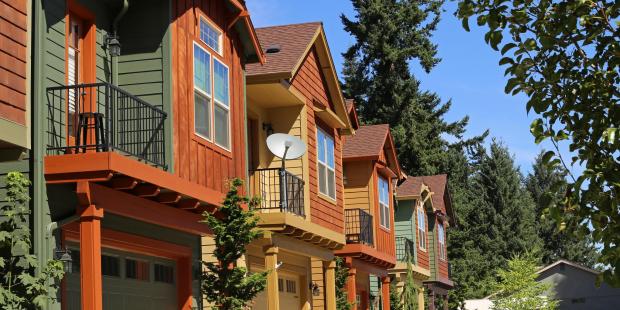
How Do Ice Dams Form?
In cold climates like those in New Hampshire, ice dams form when heat escapes from the house into the attic and melts the underside of the layer of snow on the roof. The roof at the overhang stays cold. As the roof melt reaches the overhang, it cools, freezes and eventually forms a ridge of ice at the edge of the roof that prevents any melting snow behind it from draining off the roof. As the roof melt backs up behind the dam, it can leak into your home and cause significant damage to walls and ceilings.
Our team at Yankee Thermal Imaging is here to prevent ice dam issues for homeowners across Rochester, Dover, Concord and beyond.
Preventing Ice Dams on Your New England Home
The worst ice dams can build up huge ridges at the overhangs of your roof, with large icicles dripping over the edge and down past the soffits. These are very dangerous to both the house and anyone who happens to be in the way when the ice dam collapses.
In order to reduce and prevent ice dams from forming, there are typically three changes that need to be made.
- Attic air sealing
- Improved roof insulation
- Proper ventilation at the eaves and peak of the roof
Repair Your Leaking Roof
If you are experiencing ice dams on your roof, you will have constant problems with leaks and water damage on the ceiling and walls. Ice dams don’t happen because of faulty roofing materials; they happen because of heat loss in the attic. The causes of ice damming are well known, as are the solutions to prevent them.
Ice Dam Removal & Prevention in New Hampshire & Maine
Physically removing ice dams is a challenge -- climbing around on an icy roof to remove the built-up ice and snow can be a very dangerous undertaking, and can cause damage to the roof as well.
A roof rake can be used to remove snow, but will not get rid of any existing ice dams. Clearing the snow part way up a roof will only cause an ice dam to form higher up on the roof. Likewise, using heat tape to solve your ice damming problem only changes where an ice dam forms.
Control the Attic & Roof Temperature
Research has shown that ice damming happens when the attic temperature is above 30°F and the outdoor air temperature is below 22°F. The key to preventing their formation is to control the attic and roof temperature. The way to do this is to minimize air leakage through the ceiling into the attic and improve the roof or attic insulation. By appropriately air sealing, ventilating and insulating, our installation team will improve your attic to work towards ice dam alleviation and other building envelope issues.

